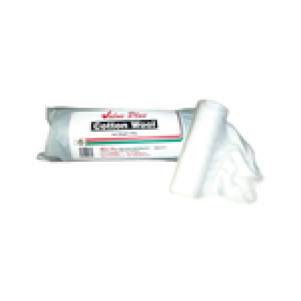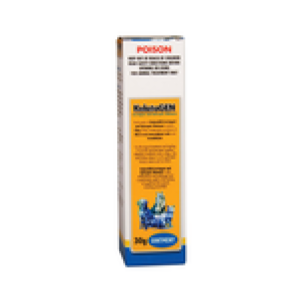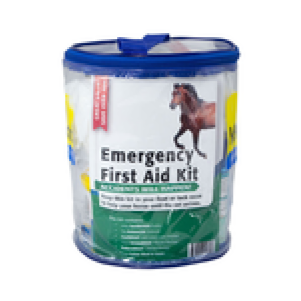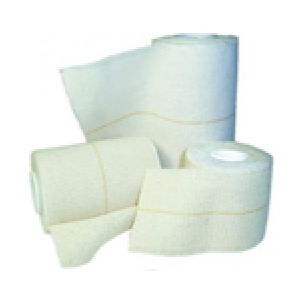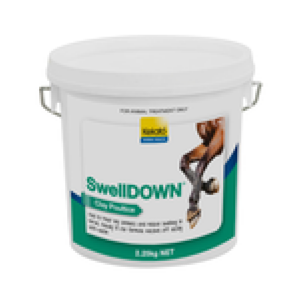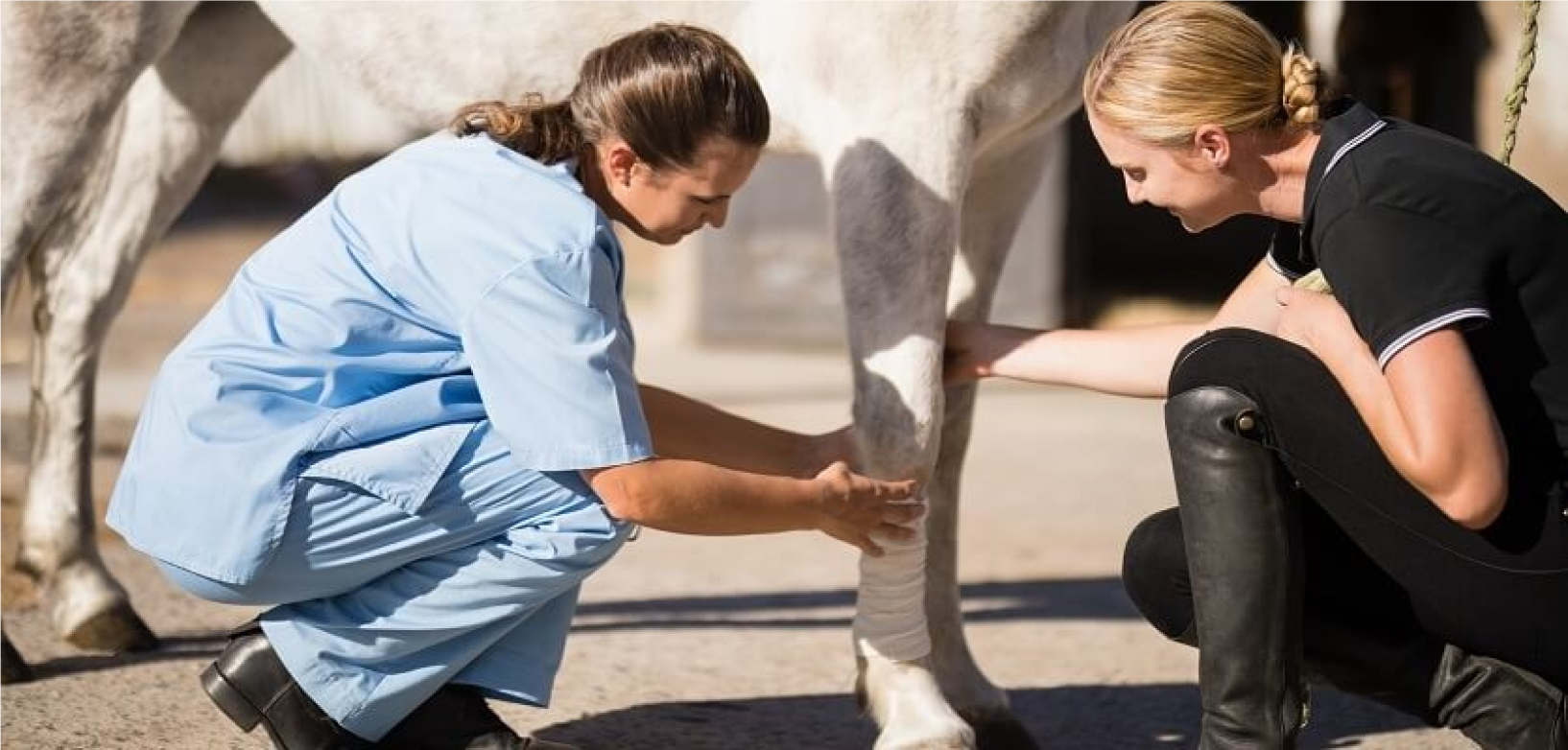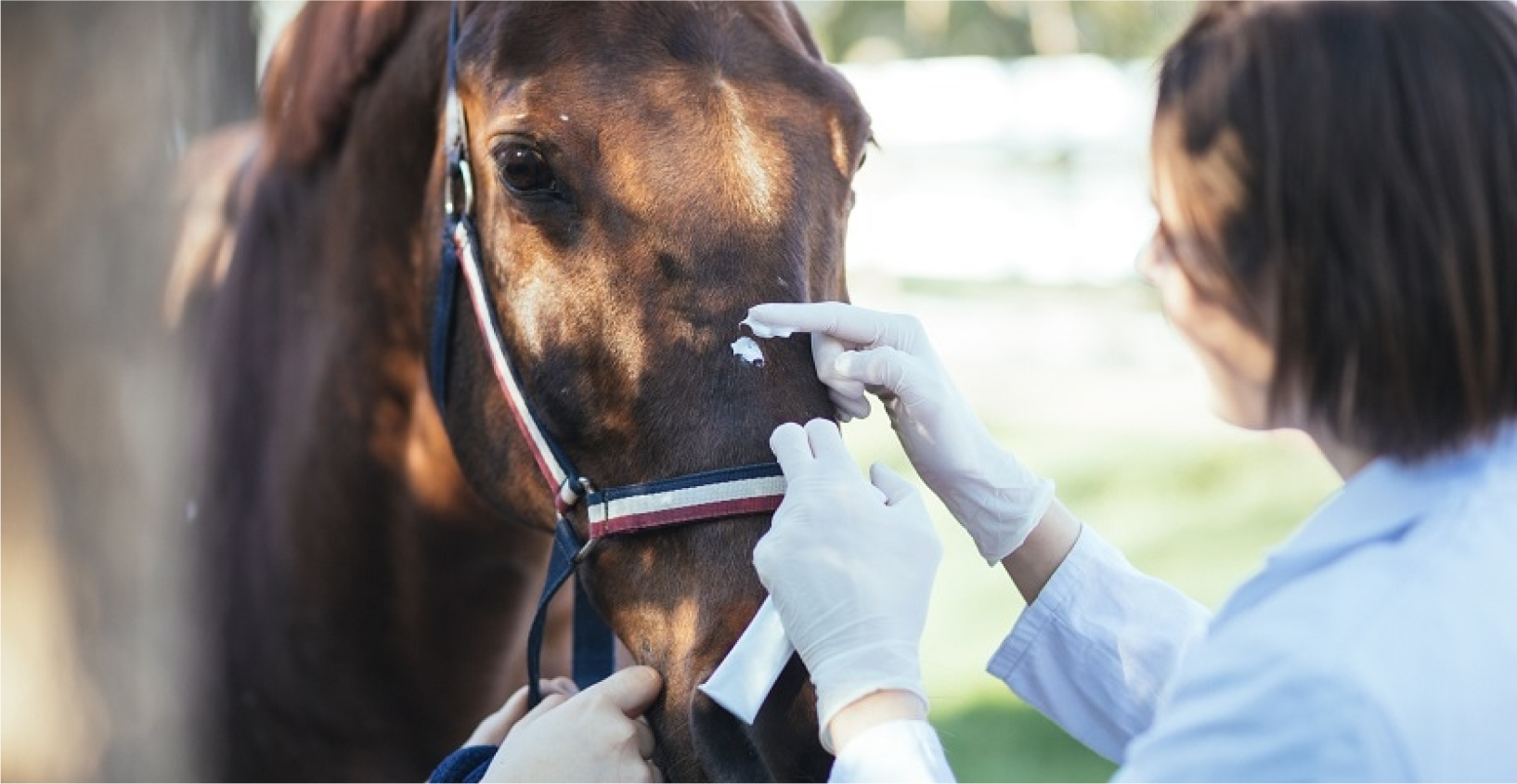Management of Fresh Wounds
If a wound has just happened, first apply pressure using absorbent dressings, bandages or clean towels. Once the bleeding stops, you can then take a closer look to see if the wound involves any important structures, such as joints, tendons, bone or muscle. If the wound stops bleeding and doesn't involve any of the structures mentioned above, move the horse to a safe place so that it can be thoroughly cleaned. Hose the wound with clean water or use a large syringe to flush with plenty of sterile saline or diluted iodine solution. Once the wound has been thoroughly flushed, apply an antiseptic ointment or spray and a protective dressing if required. Check the wound daily to monitor progress and re-apply antiseptic as needed.
Management of Older Wounds
If a wound appears to have occurred some time ago, there is a higher likelihood that it may have become infected. Signs of wound infection in horses includes yellow, grey, green or brown discharge (pus), redness, swelling, high temperature and general signs of being unwell. If the wound does not appear infected and does not involve any deeper structures like bone, muscle, tendon and joints, it may be managed the same way as described for a fresh wound above.
If your horse has a wound, whether it is old or new, be sure to check that they are up to date with their tetanus vaccinations. Horses should be vaccinated at least every 12 months against tetanus and given a booster again if a wound occurs. If your horse's vaccinations are out of date and a wound occurs, consult your veterinarian for further advice as a dose of tetanus antitoxin may also be required.
Remember that even small puncture wounds have the ability to penetrate important structures resulting in serious structures, so if you are in doubt it is always best to seek veterinary attention.

